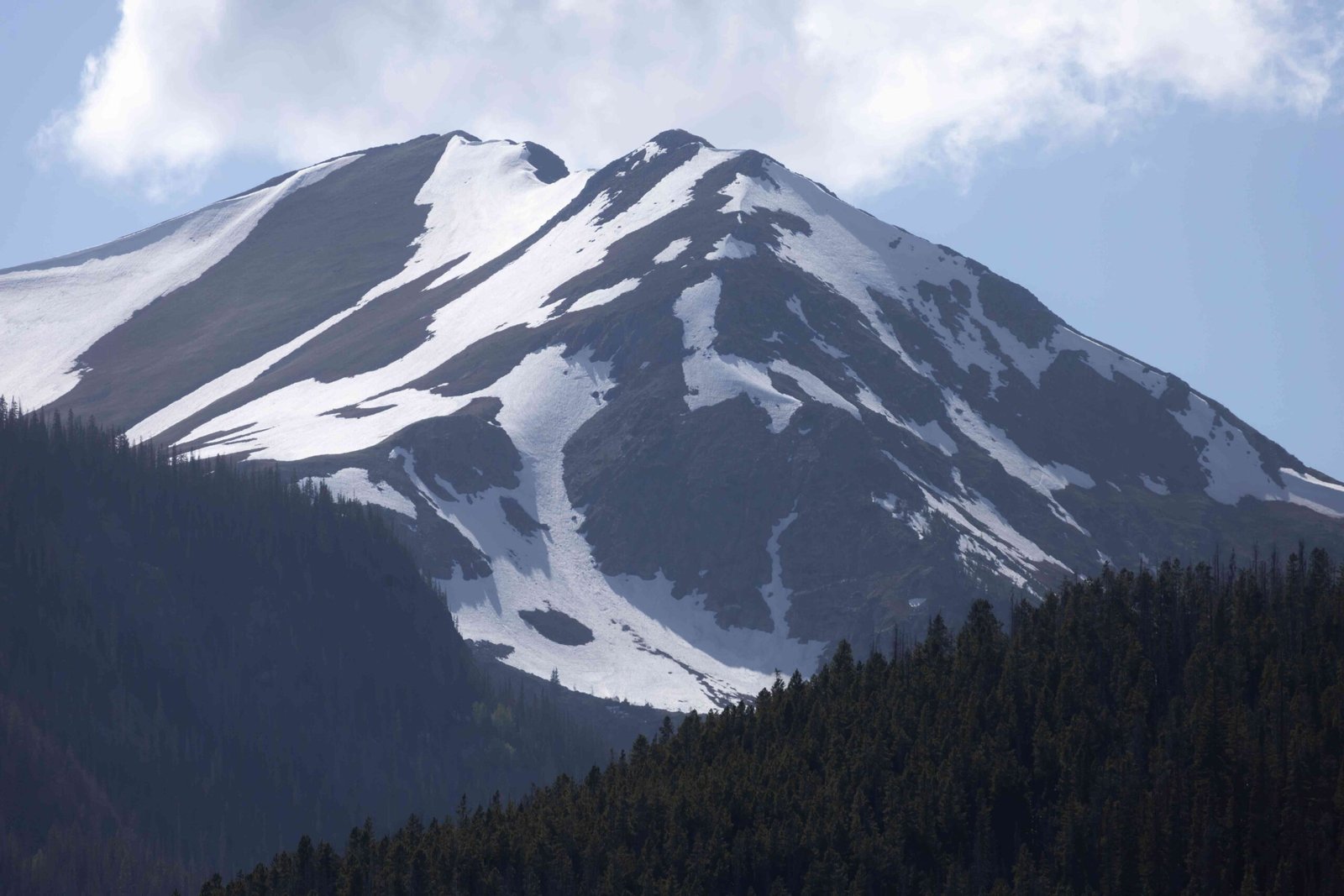Rocky Mountain National Park offers limited but high-quality sport climbing opportunities. While primarily known for traditional and alpine routes, the park features areas like Jurassic Park and The Monastery, which provide excellent sport climbing experiences. These locations offer a range of difficulties, from beginner-friendly 5.6 routes to challenging 5.14 climbs, set against the backdrop of stunning mountain scenery.
What Are the Top Sport Climbing Routes in Rocky Mountain National Park?

Jurassic Park
- Location: Above Lily Lake
- Grades: 5.6 to 5.10
- Route Length: 2-3 pitches
- Notable Route: Edge of Time
The Monastery
- Location: 20 minutes from Estes Park
- Grades: 5.6 to 5.14
- Features: Over 100 bolt-protected routes
Where Are the Best Climbing Areas Within Rocky Mountain National Park?

While not strictly sport climbing, these areas offer exceptional climbing experiences:
- Lumpy Ridge
- Rock Type: Granite
-
Notable Routes:
- KOR’s Flake (5.7+)
- The J-Crack (5.9-5.11c)
- Fat City (5.10c)
-
Spearhead
- Location: Upper Glacier Gorge
-
Notable Routes:
- The Barb (5.10b)
- Sykes Sickle (5.10a)
- North Ridge (5.6)
-
Notchtop
- Access: From Bear Lake area
-
Notable Routes:
- Spiral Route (5.4)
- South Ridge (5.9)
-
The Diamond (Longs Peak)
- Notable Routes:
- Casual Route (5.10a)
- Yellow Wall (5.10c with Forrest Finish variation)
What Are the Requirements for Obtaining Climbing Permits?
Rocky Mountain National Park does not require specific climbing permits, but climbers should be aware of the following:
- Backcountry Permits: Required for overnight stays in the backcountry
- Registration: Recommended but not mandatory
- Costs: No specific climbing permit fees, but park entrance fees apply
- Reservations: Backcountry permits available up to 6 months in advance
- Seasonal Restrictions: May apply due to weather or wildlife protection
What Are the Essential Rock Climbing Safety Tips?
Gear Recommendations
- Appropriate climbing gear (ropes, harnesses, protection)
- Crampons and ice axes for snowy/icy conditions
Environmental Hazards
- Loose rock in high-traffic areas
- Rapid weather changes
- Wildlife encounters
Emergency Preparedness
- Carry communication devices (cell phone, satellite phone)
- Know how to use emergency beacons (PLB, Satellite Messenger)
- Register itinerary with park rangers
What Is the Best Time of Year for Sport Climbing in Rocky Mountain National Park?
The optimal climbing season in Rocky Mountain National Park typically runs from late spring to early fall:
| Season | Conditions | Considerations |
|---|---|---|
| Spring (May-June) | Melting snow, potential for wet routes | Lower elevation routes may be accessible |
| Summer (July-August) | Warm temperatures, dry conditions | Peak season, crowds may be present |
| Fall (September-October) | Cooler temperatures, stable weather | Excellent climbing conditions, fewer crowds |
| Winter (November-April) | Snow and ice, extreme cold | Limited sport climbing, focus on ice climbing and winter mountaineering |
How Can Beginners Prepare for Sport Climbing in Rocky Mountain National Park?
- Take a Course: Enroll in a sport climbing course offered by local guiding services.
- Practice Indoors: Gain experience at indoor climbing gyms before tackling outdoor routes.
- Start Easy: Begin with lower-grade routes at Jurassic Park to build confidence.
- Learn the Area: Familiarize yourself with the park’s geography and specific climbing areas.
- Gear Up: Invest in or rent proper sport climbing equipment.
- Fitness Preparation: Focus on building upper body and core strength, as well as cardiovascular endurance.
What Are the Conservation Efforts for Climbing Areas in Rocky Mountain National Park?
Rocky Mountain National Park emphasizes responsible climbing practices to preserve the natural environment:
- Leave No Trace: Pack out all trash and minimize impact on vegetation.
- Bolt Regulations: New bolting is restricted to maintain the park’s wilderness character.
- Seasonal Closures: Respect closures for raptor nesting and other wildlife protection measures.
- Trail Maintenance: Volunteer opportunities for climbers to help maintain access trails.
- Education: Park-led programs on sustainable climbing practices and environmental stewardship.
By adhering to these guidelines, climbers can help ensure the long-term sustainability of sport climbing in Rocky Mountain National Park.

